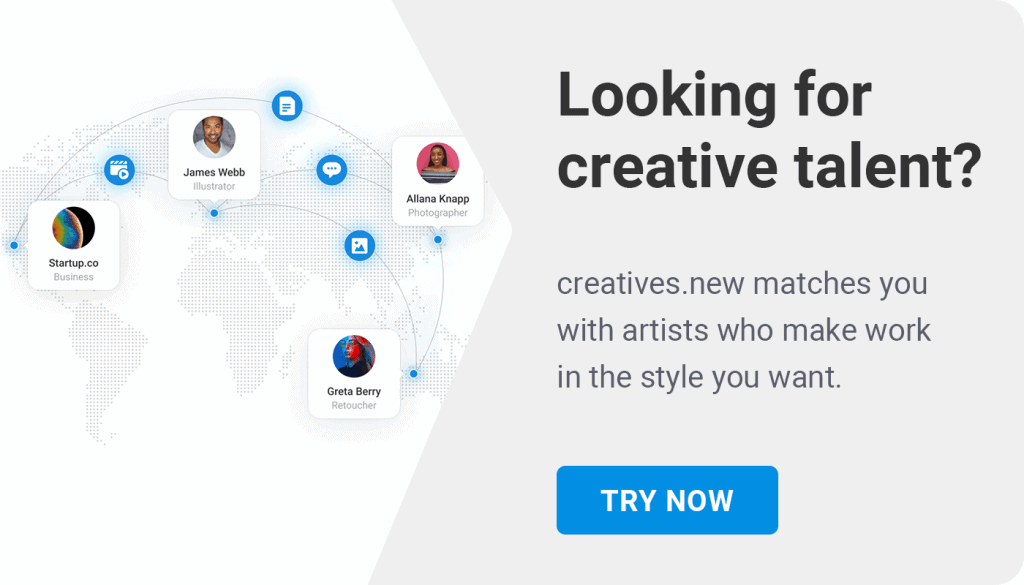Stuck with creating your brand story? Or you’ve created it but you’re worried it isn’t interesting enough? This will help you to find your brand story.
If you have a brand, then you need to think about telling your brand story. Brand stories build strong loyalty, and they make your advertising more effective. Also they are fun to tell. What’s not to like about that?
If you don’t immediately know what your story is, or whether the story you can think of is interesting, that’s ok. You should follow this exercise to help you to discover it.

Exercise 1: Write down the basic ingredients of your brand story
Most stories have similar elements: characters, setting, plot, conflict & resolution. So let’s start with writing yours down. Before we start, most stories have a good story arc to them. This means they start by setting the scene, they create tension as things start to happen, issues to be overcome etc., and then they resolve in unexpected ways releasing the tension of the story.
This story not something that you would necessarily tell in your ads, as it might be difficult to convey in a 15 second ad, but ads can conform to the story, i.e. the ads are an example of the ethos or character of the company that the story explains in more detail. The story can be something that people learn or are told throughout the customer journey, or gradually revealed to them in follow up marketing.

Write down something about your brand for each one of the following things:
Characters
This could be the company and/ or the people in the company, and always include the customers.
Setting
This is where and when the story takes place, so it does not have to be a geographical location. It could be a time, like when a certain technology emerged or a time in your or the backdrop of the industry the company works in.
Plot
This is the series of events that run through the timeline of the story, that create the story arc.
Conflict & Resolution
The conflict could be, for example, the difficulties you had to personally overcome, or the problems in the industry you’re in that you wanted to help solve, or a big event that unexpectedly changed your direction. The resolution is (usually) the ‘all’s well that ends well’ part, how everything worked out in the end.
Doing the above exercise may come naturally to you. If not then you could try the following:
- People have speculated that all stories fit into 7 types. They are very coherently explained on this link. Knowing this framework might spark a memory for you and help you craft the narrative.
- If you are not a natural storyteller, think of a family member or friend who always tells great stories, and sit down with them to help you to tease it out of you.
Exercise 2: Imagine your brand story being told in 3 distinct scenarios
So the aim is now to think of how that story gets told. To do that we will think of 3 scenarios. These ways to imagine how you would tell that story are vital, and it should be the same story:
- At a party. This would be fun, informal and have a great payoff. This might be the kind of thing you would tell on social media, to existing customers or in a talk or sales situation. Depending on your tone of voice for your brand, you could also tell this version in advertising.
- In a lift to a potential client. You have 60 seconds so make it short, more product focussed than telling the story at a party, but engaging none-the-less. You need to tell the person why they should care. This is the kind of brand story you would tell on your website or in advertising, and you would maybe use this more formal style in the customer purchase journey, or if your product is more B2B focussed, rather than B2C.
- A customer telling a friend about you. This will give you context on the repeatability of your story. It also helps you to understand that you need to tell stories that are interesting to other people, not just things that you would find interesting

The last part in many ways in the most crucial part of the exercise. If you cannot imagine customers telling other people about the story then you haven’t focussed enough of the story on the benefits or interest of the story to your customers.
If you can tell your story plausibly in all these three ways and it makes sense, it sounds engaging then you have your brand story. Now let’s look at ways of implementing the telling of that story. Read this article.
Get feedback, test your brand story

If you think you have developed a good brand story, now is the time to get feedback. Tell your brand story to random people and watch their reactions! Gauge their reactions. You will find that naturally there are subtle differences in the way you tell the story each time, take note of those differences and hone it.
Still struggling with creating your brand story?
If you are still stuck, try the following:
- Practice telling the story to people, as mentioned above. You will find that the story can emerge from doing this repeatedly. You might find out the story you rejected as not being good enough is actually really engaging for people.
- Hire an art director who can help you find and tell your story. Sometimes it takes someone highly trained in brand storytelling but also with distance from the story to see the interesting valuable parts of it.




